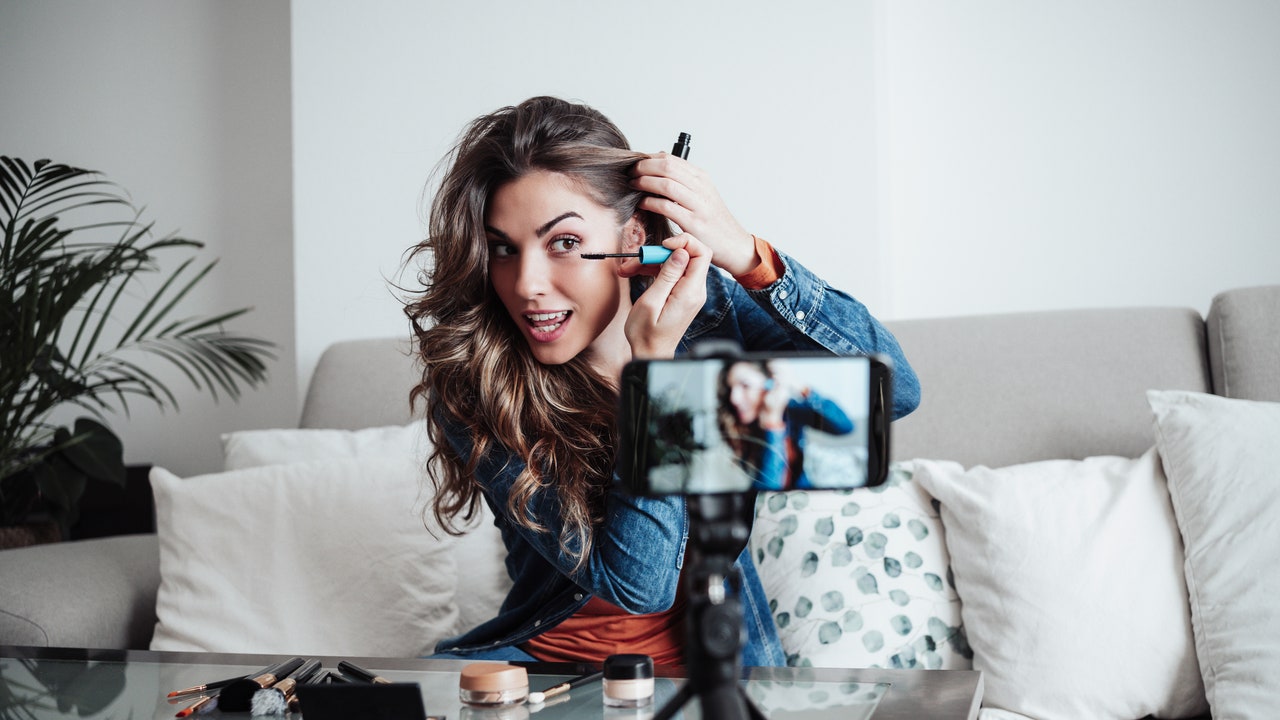The European Commission recently announced that it had carried out an investigation together with the consumer protection authorities of various countries (including Italy). monitor the “online behavior” of some influencers, active in the areas Fashion, lifestyle, beauty, food, travel and fitness/sport and with very heterogeneous “followers” (of those with more than 1 million followers on profiles that only have 5,000). On a sample of 567 influencers “monitored” at European level.It found that 97% published posts with commercial content, but only 20% (just 1 in 5) reported them as advertising.
However, 38% of influencers who reported on the commercial nature of the posts did not use the “platform labels” provided to social networks for this purpose Report commercial content (e.g. “paid partnerships” on Instagram), where you decide on different wordings, such as “collaboration”, “partnership” or generic thanks to the brand name. The survey also found that 40% of monitored influencers posted posts about their products, services or brands; 60% of these influencers did not “consistently” report on the promotional nature of this communication.
The problems of influencers
A figure that corresponds to the facts that also emerged from the survey, according to which only one in two influencers “officially” declares that they carry out this activity as a profession, with all the legal and tax implications of the case. What emerges from the European Commission’s investigation confirms what we unfortunately see almost every day in our consulting work supporting brands, namely that we still Many influencers (not only Italians) hesitate to report the advertising nature of their contributions. And, according to the influencers themselves, this is because the posts with the so-called transparency hashtags (#adv #sponsoredby #giftedby) have a wide reach worse results than those without these warnings.
Ignoring the fact that the promotional nature of a post (and more generally the native advertising content) is not reported prevents consumers from enabling the so-called Advertising awareness and therefore this critical ability to decipher the advertising message, They are led to make purchasing decisions that they otherwise would not have made. In Italy, the Advertising Self-Discipline Institute published the first digital chart back in 2016, providing influencers and celebrities with suggestions on how to report the promotional nature of a post (which later became a mandatory regulation for Self-Discipline members in 2019). System) and the Competition and Markets Authority was founded moral suasion measures towards brands and influencers and then, with the parties’ commitments, preliminary investigations (so-called Consent Order).
The Agcom table
A few weeks ago, the Communications Authority published the “Guidelines for ensuring compliance by influencers with the provisions of the Consolidated Law”, which, in addition to identifying the provisions of the Consolidated Law on Audiovisual Media Services, sets out subjects applicable by the Authority as qualified persons “Influencers” has a technical table that must create a “code of conduct”. whose stated aim is to (i) further define (including in relation to) the characteristics necessary for the identification of professional influencers
specific areas of activity), (ii) identify the way in which the list of influencers is created and (iii) provide systems for this Transparency and visibility of influencers.




